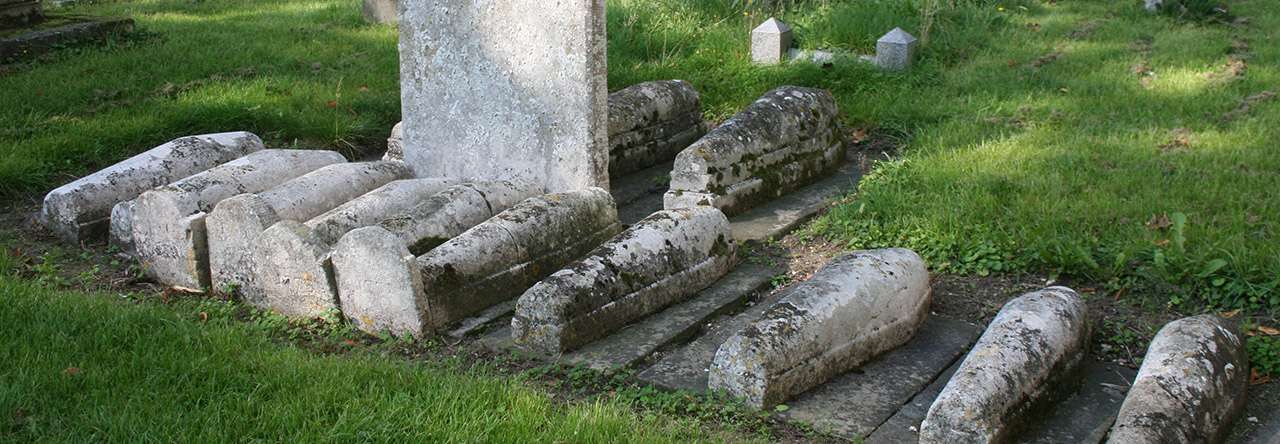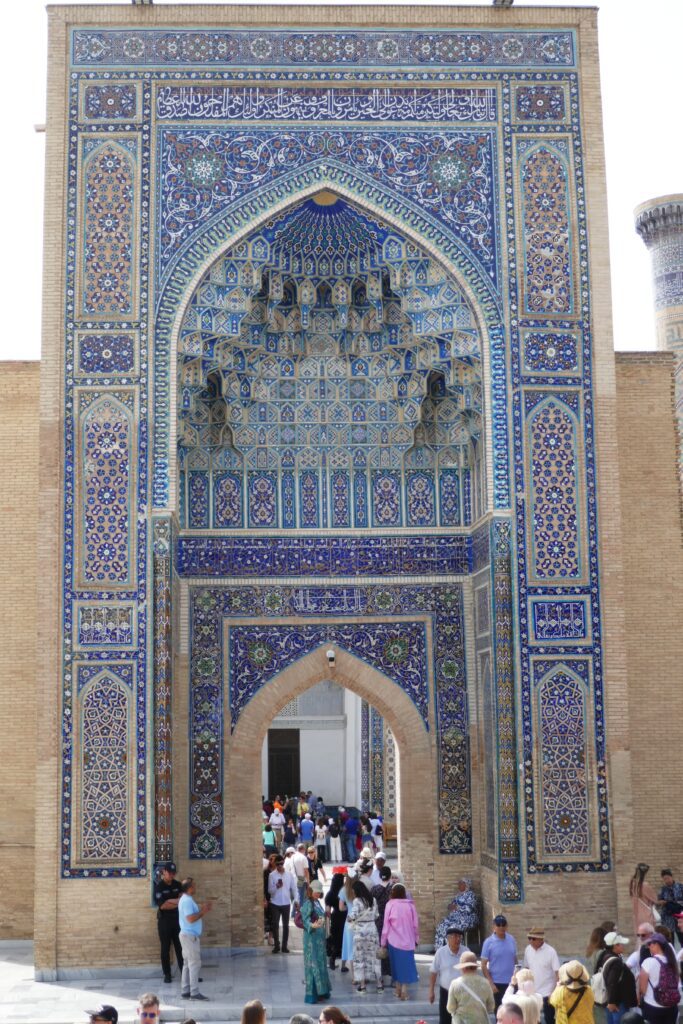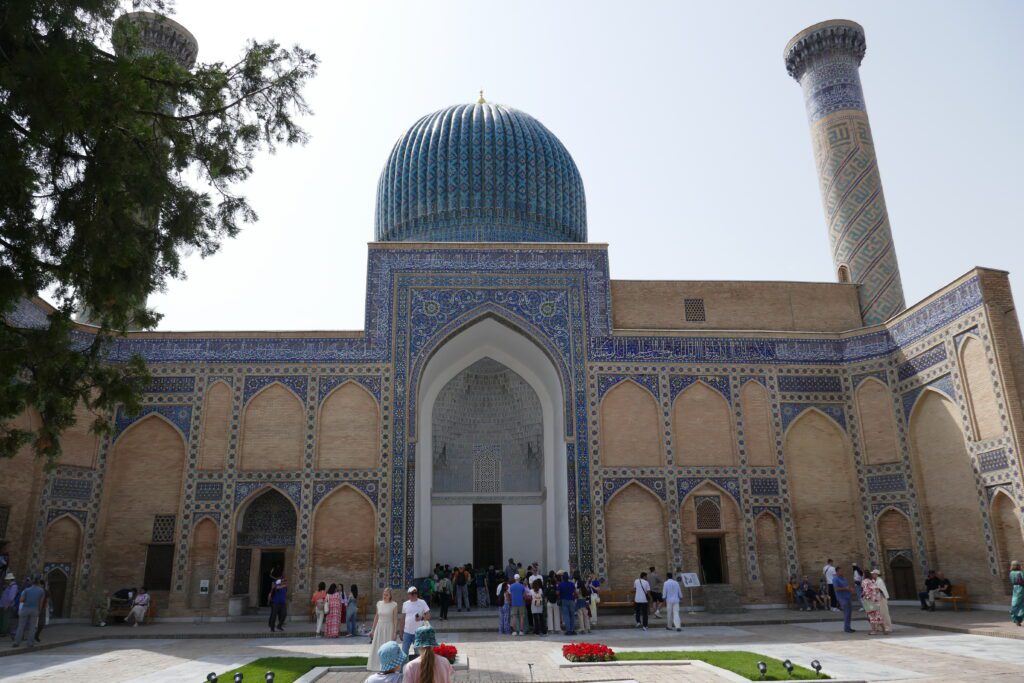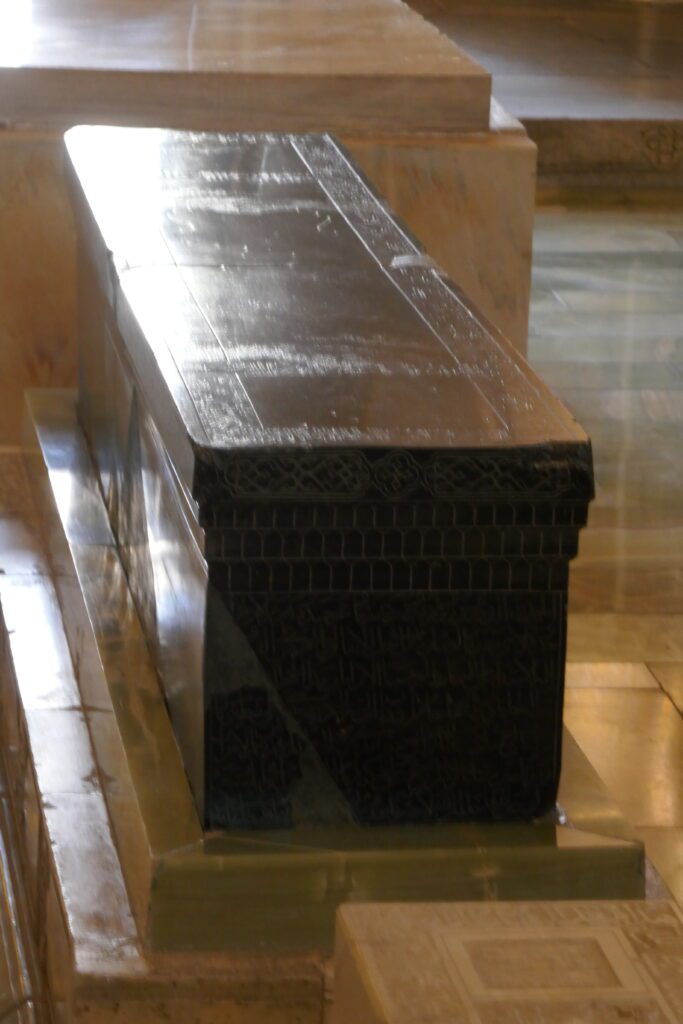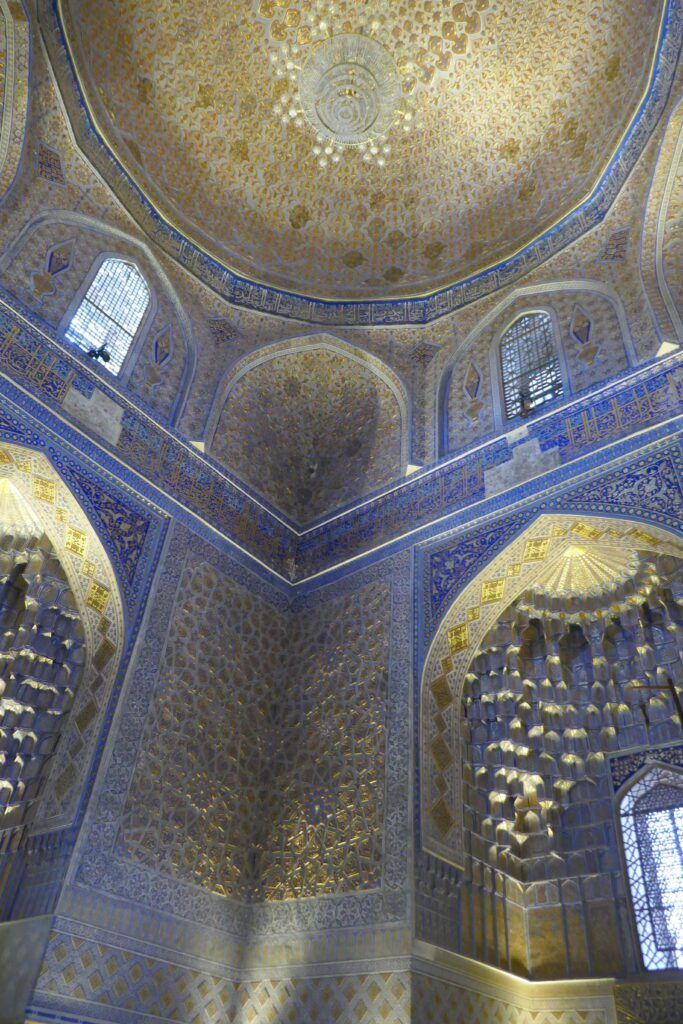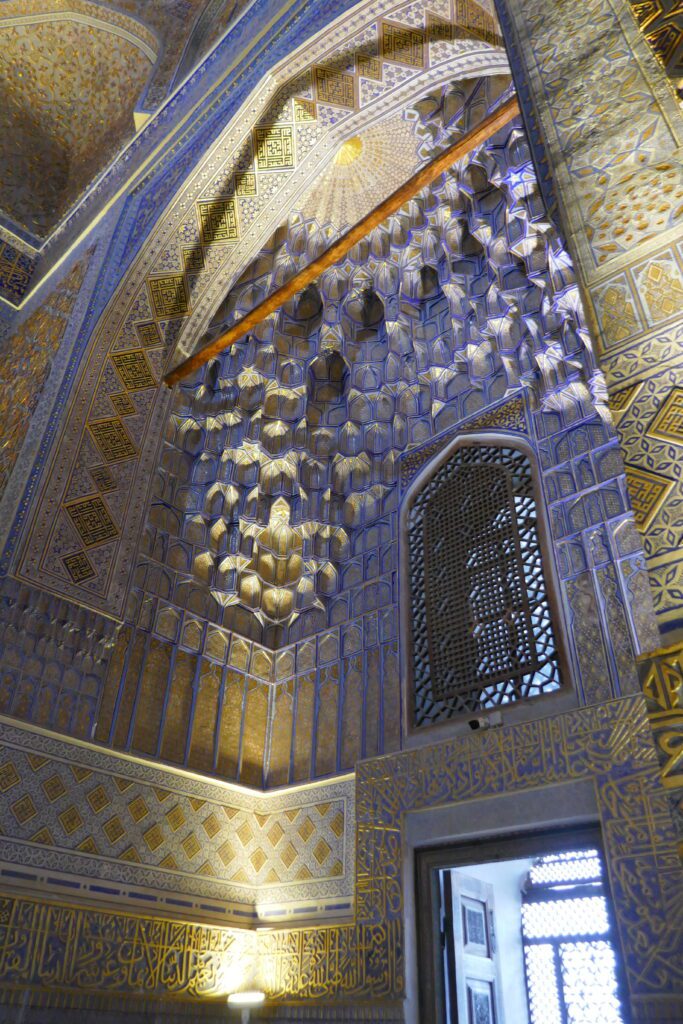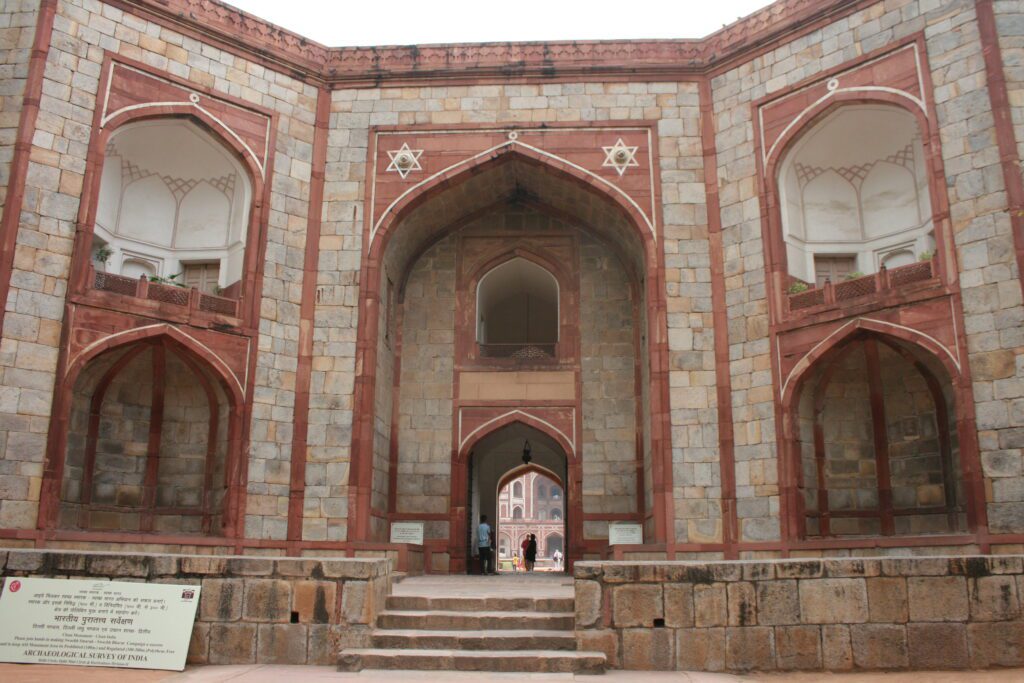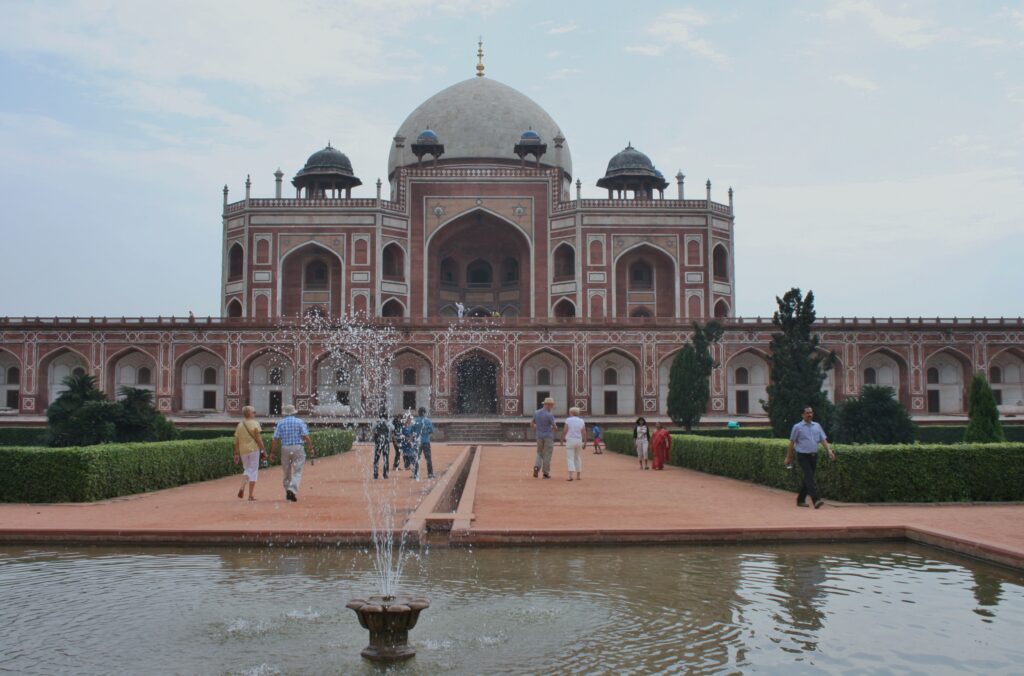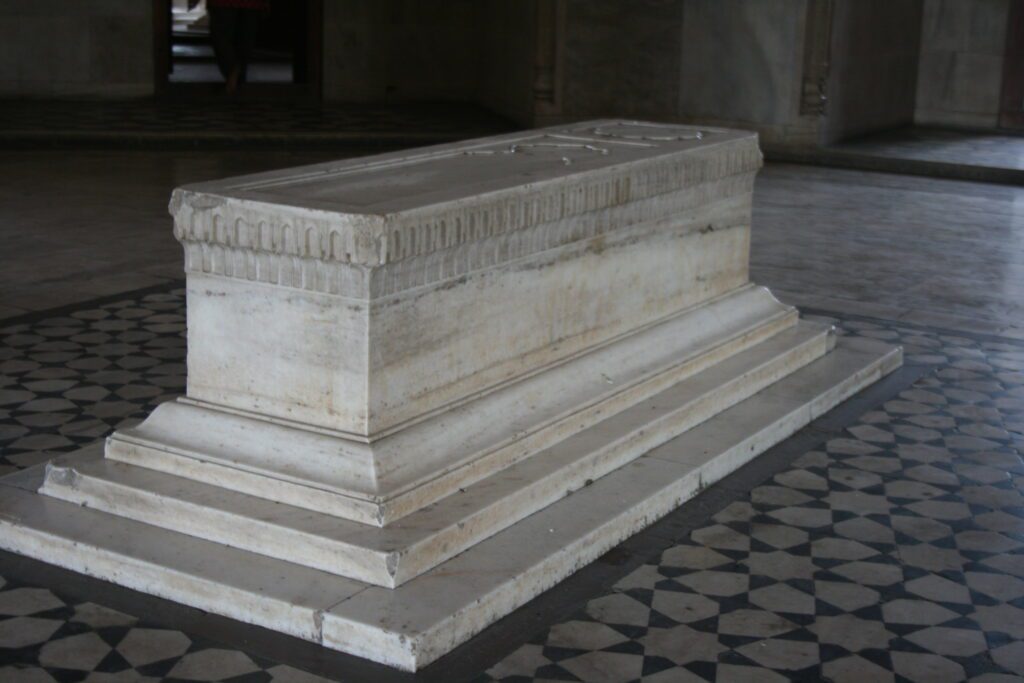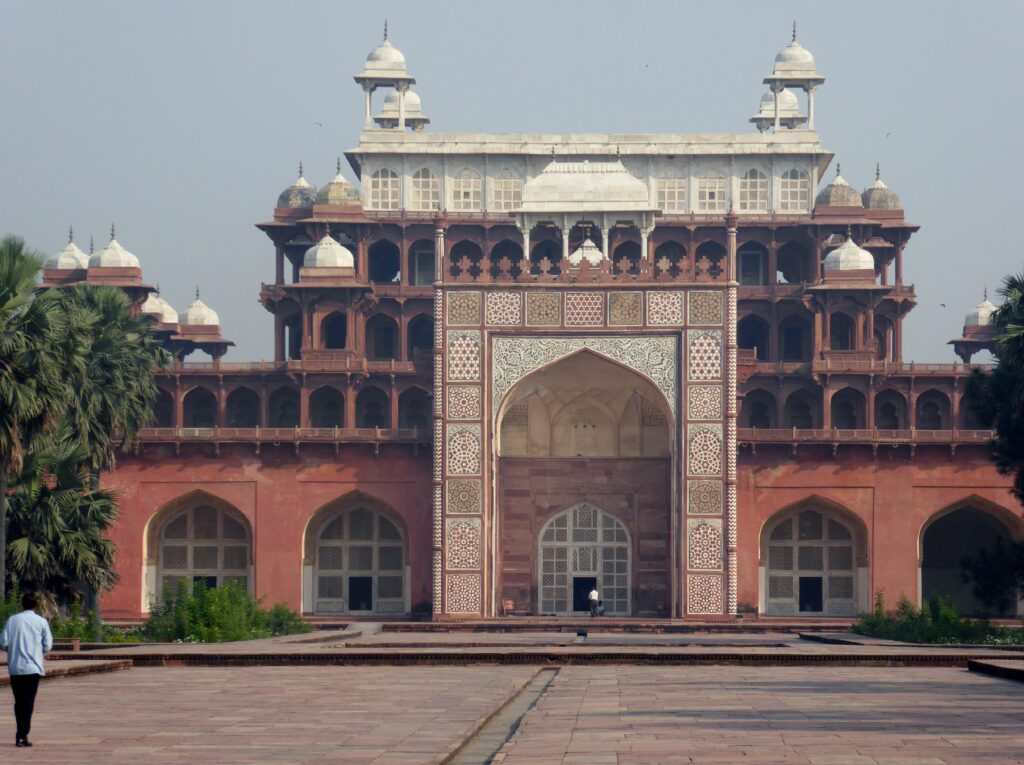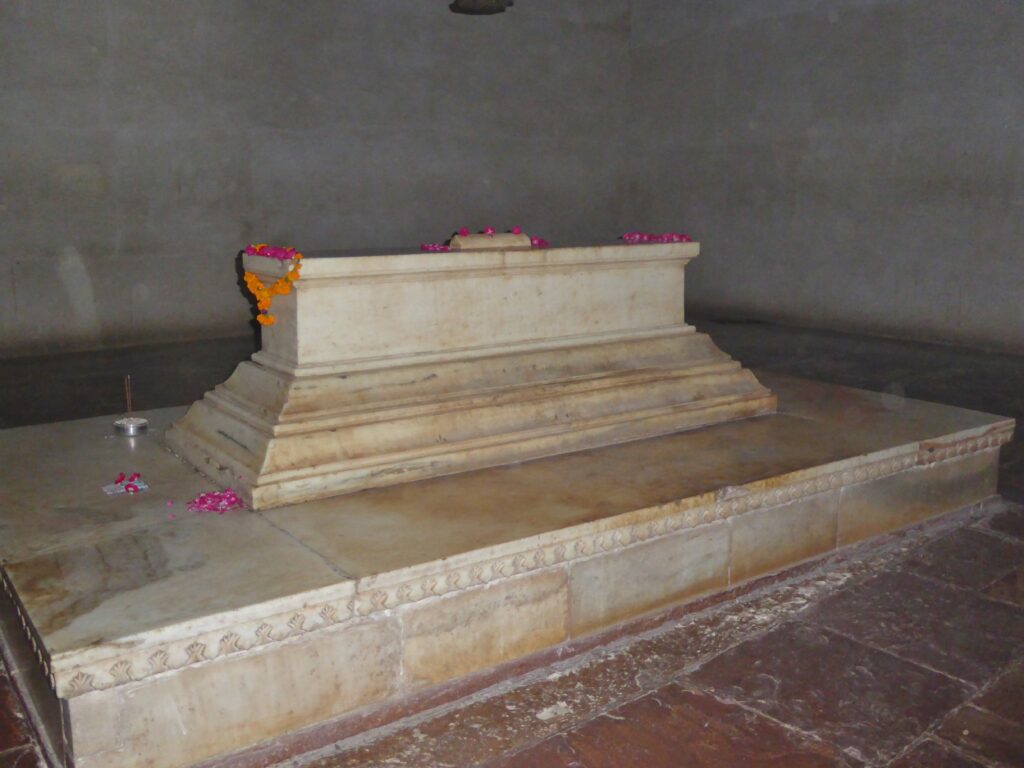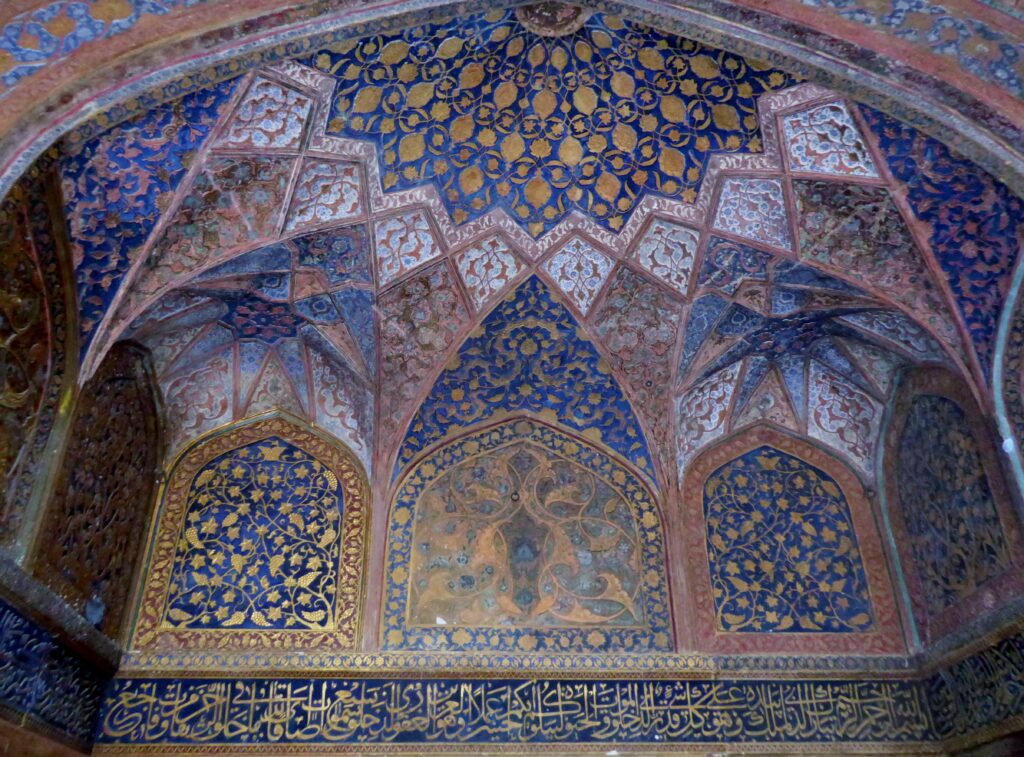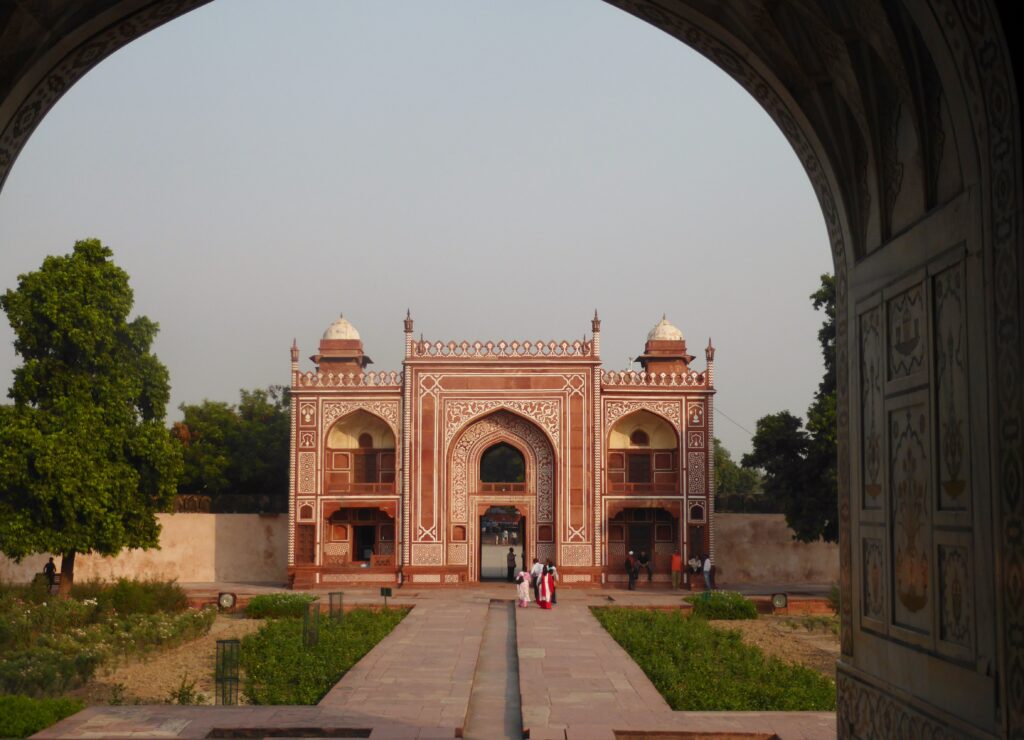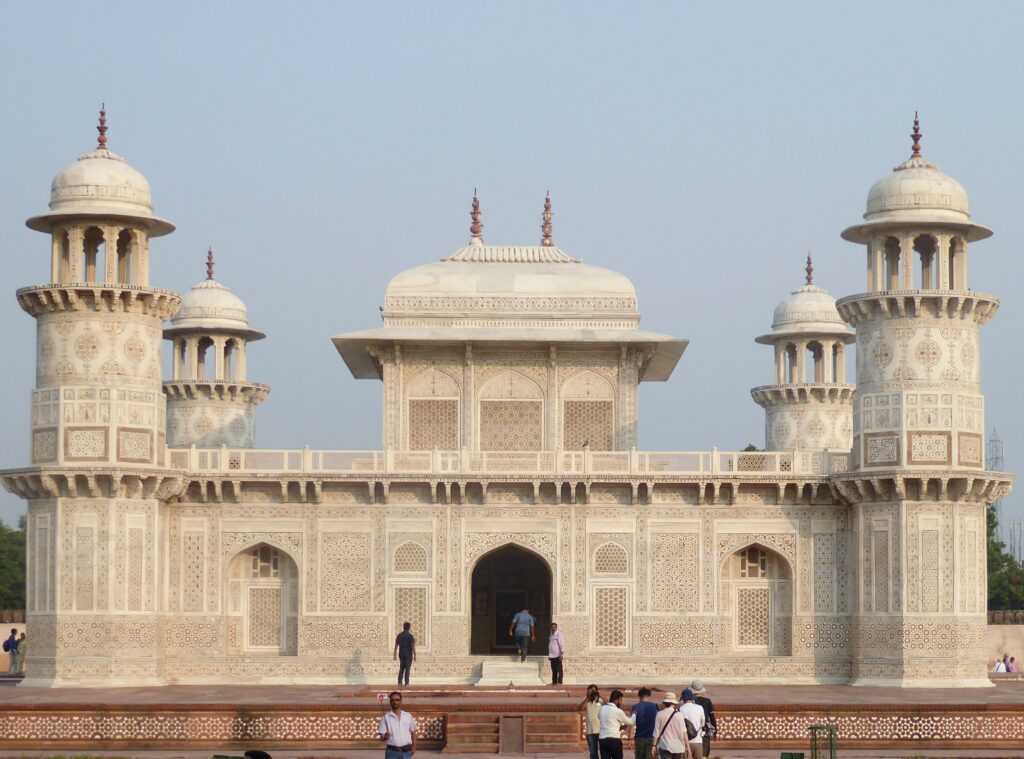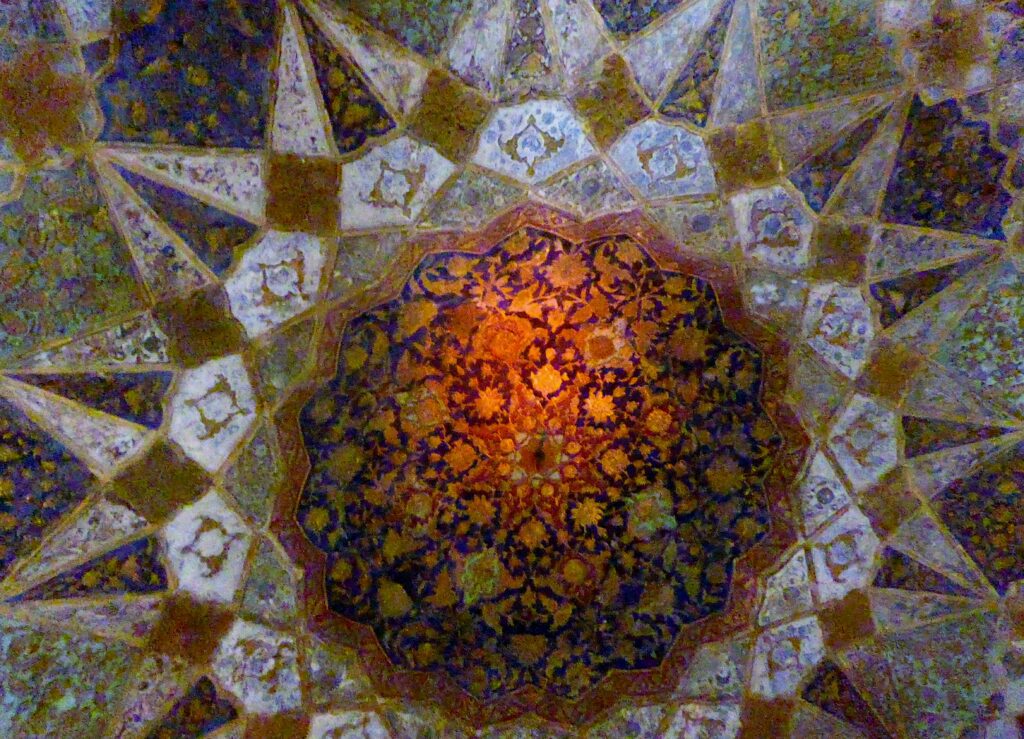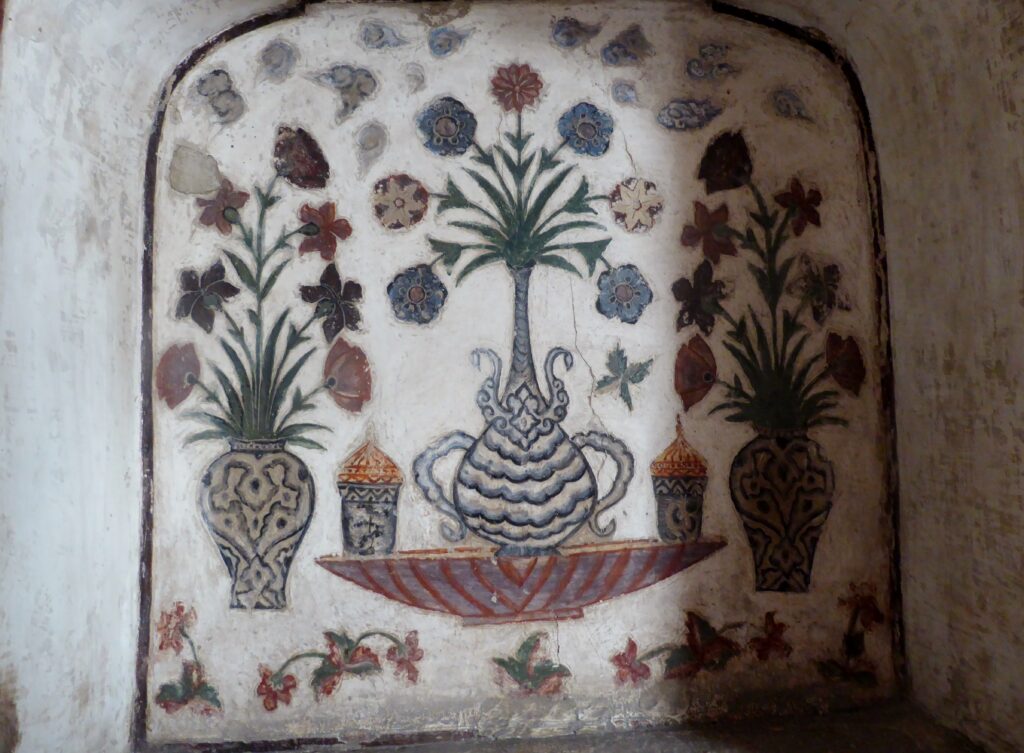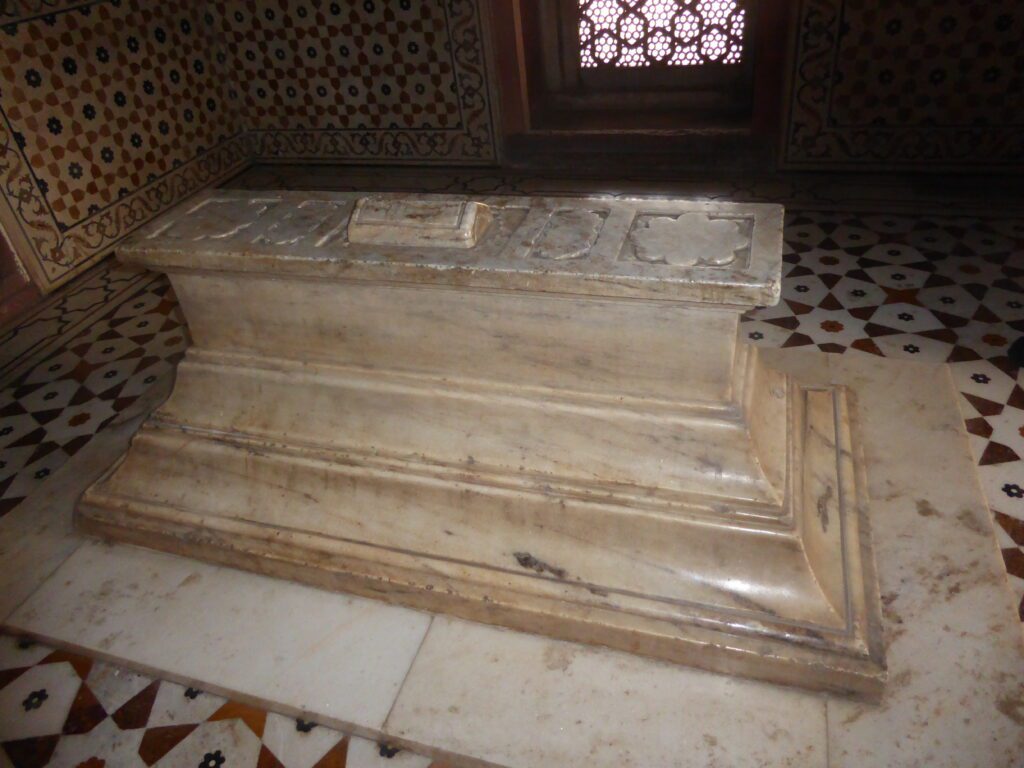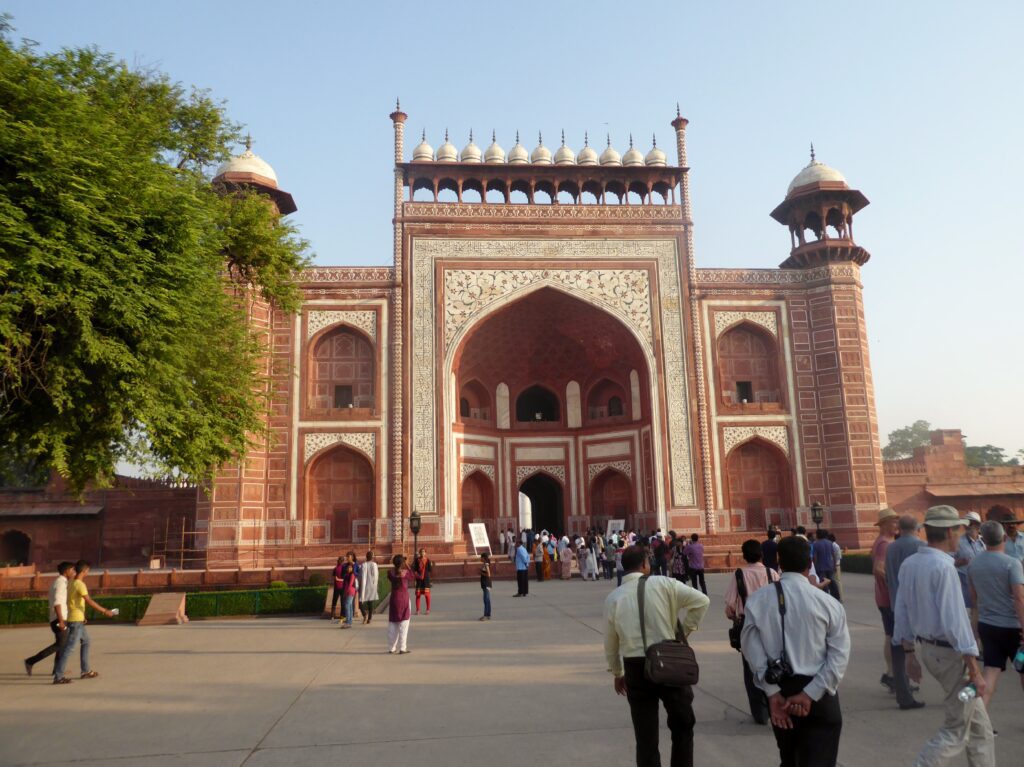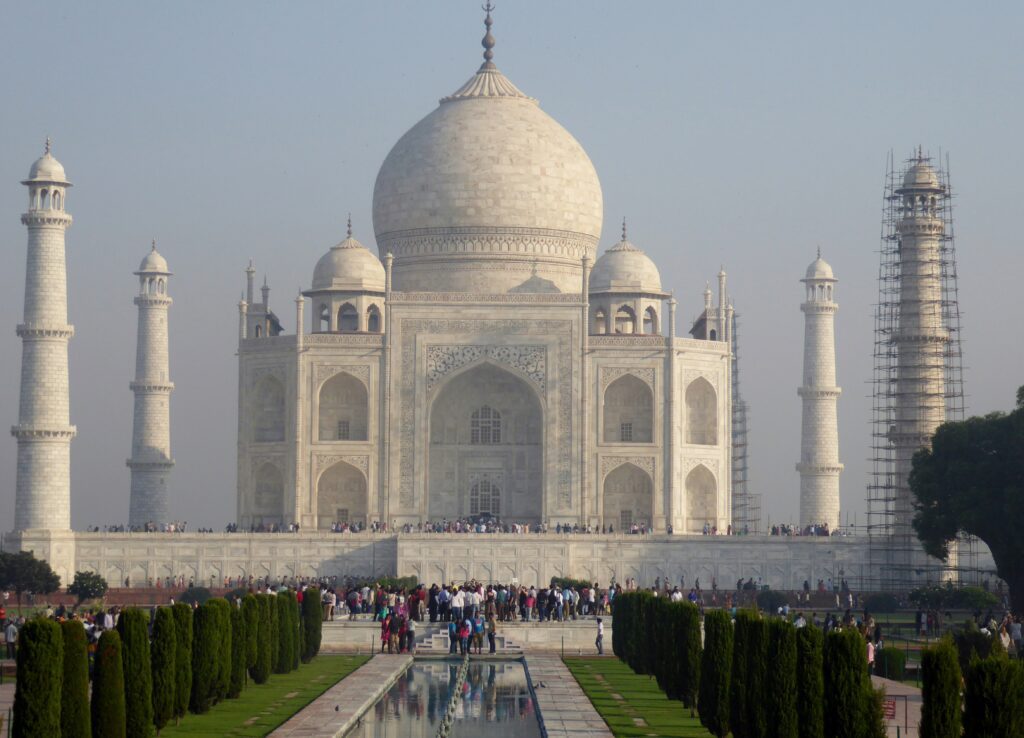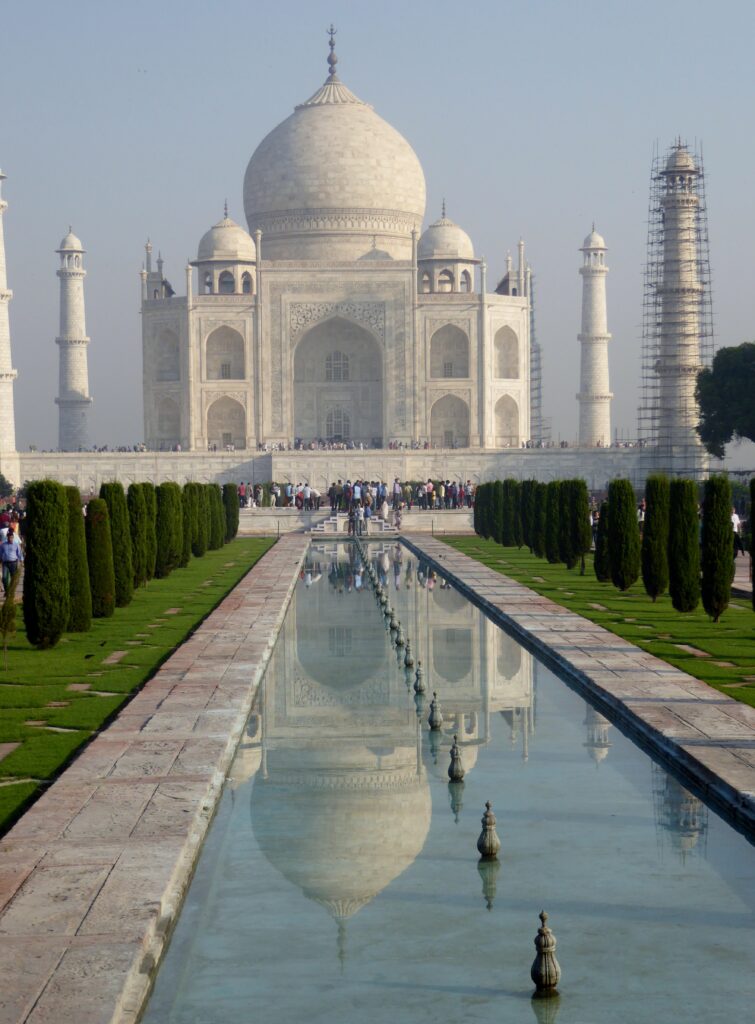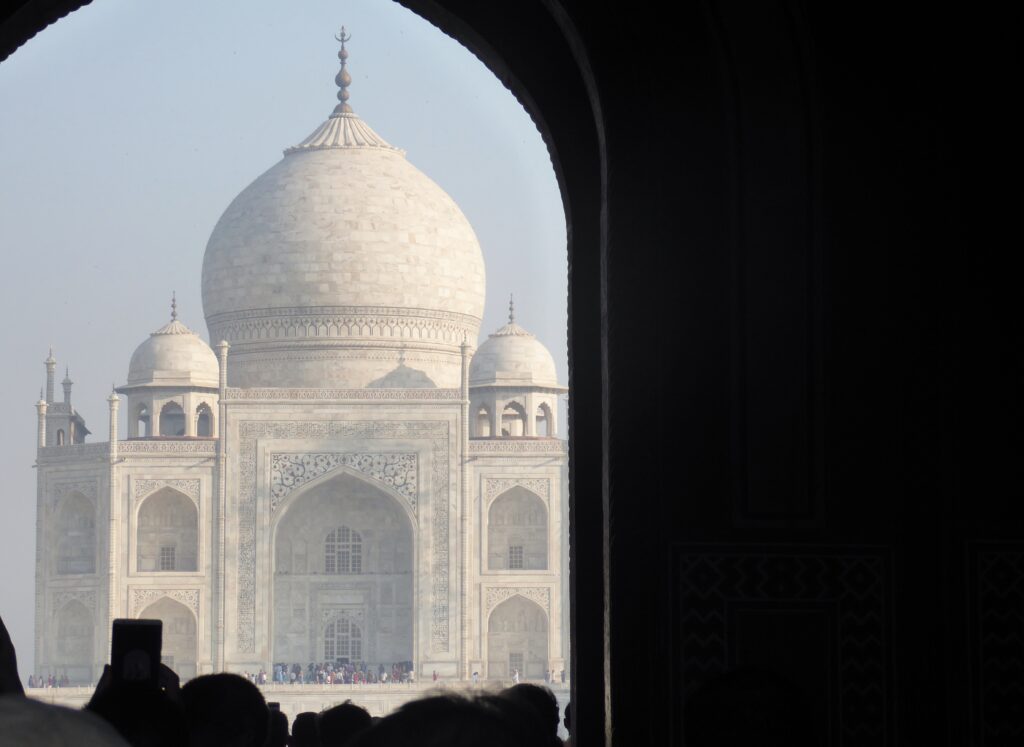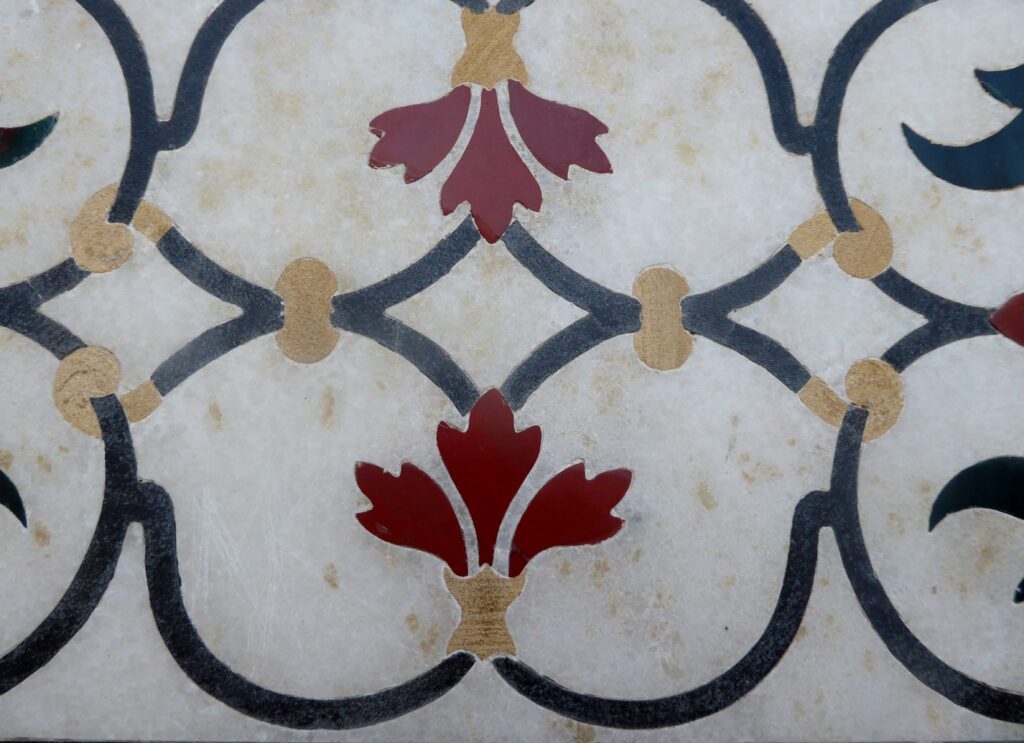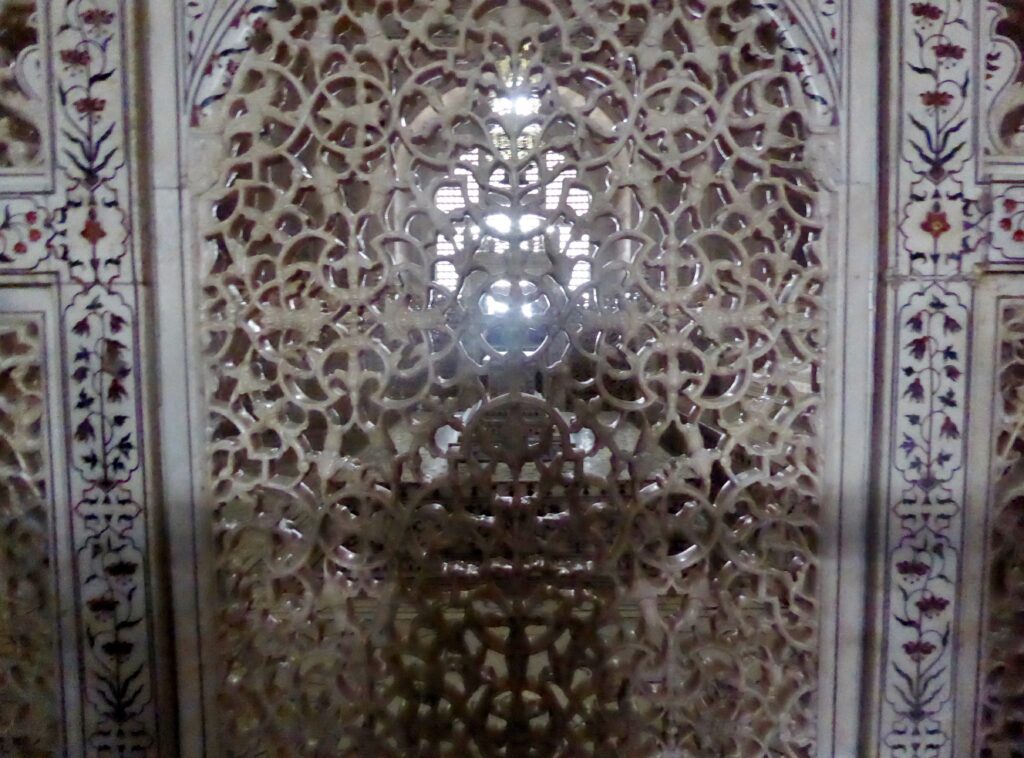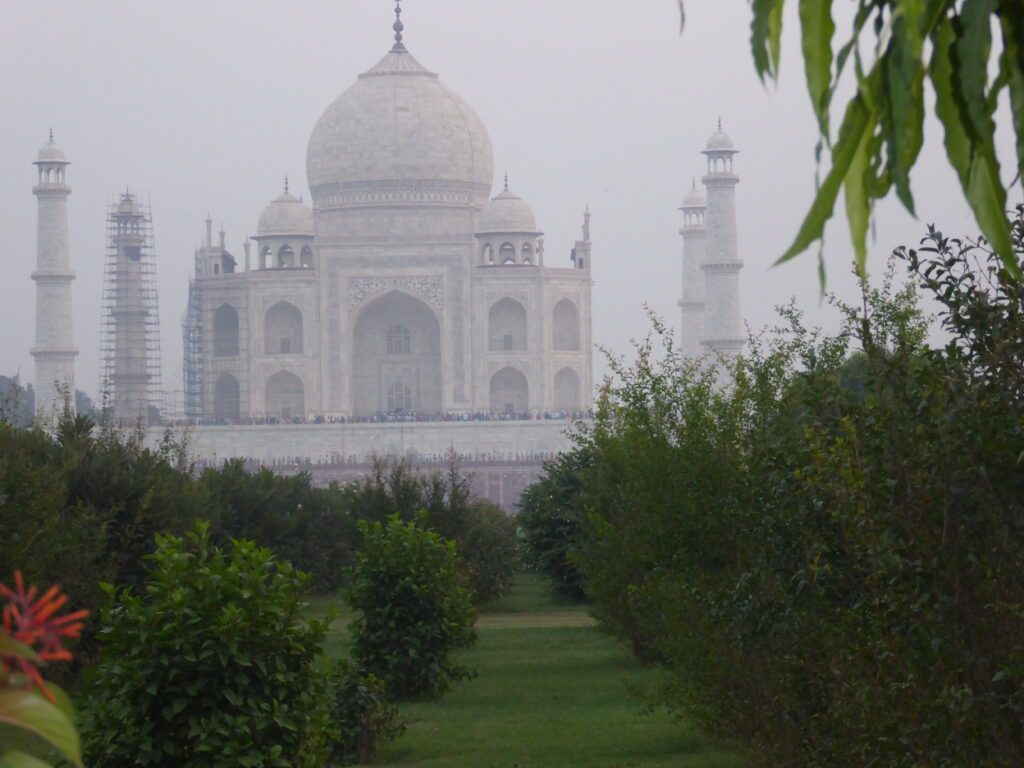My first car was a Deux Chevaux, and it was love. It was a hasty purchase. I had taken my first teaching job in the Kent town of Ashford and rented a cottage in a village six miles away. There was no bus service. With days to go before term started, I handed over £50 to an American tourist on Crystal Palace Camp Site. He had been travelling around Europe, and when we first met, Rosa was adorned with several months’ worth of his washing.
I called her Rosa after Rosa Luxemburg and Rosa Parks. She had a 602cc engine, rectangular headlights with halogen globes, a gear stick which came horizontally out of the dashboard with a handle curving upwards, a canvas roll back sunroof, and four doors. Also, a selection of scratches, dents, and rips in her upholstery; Rosa had seen life.
André Citroën’s brief in 1948 had been to produce a low cost, low fuel consumption car with simplicity of maintenance. It was to be capable of transporting four people and 50kg of farm goods to market at 50km/hour. Given the lack of good, paved roads in France at the time, it was further suggested that the car should be able to cross a freshly ploughed field with a full basket of eggs on the passenger seat without breaking them.
The motoring journalist LJK Setright lauded
the most intelligent application of minimalism ever to succeed as a car,*
and described it as a vehicle of
remorseless rationality.**
Peter Elsworth was less complimentary asking,
Does it come with a can opener?***
My Rosa came with a left-hand drive, and she registered her velocity in kilometres. This, combined with some powerful rattles, gave a satisfying delusion of speed. Her stickers affirmed her commitment to saving the whales and advancing nuclear disarmament. We became part of a special club, tooting and waving to our fellow 2CVs and their drivers, whether peering through a wet windscreen behind furious wipers or exulting in the sunshine with the roof rolled down. And together we learned that braking on icy roads is not a clever idea.
We took a summer holiday in Brittany where Rosa indulged her Gallic temperament, regularly stopping without warning. She revelled in the attentions of her fellow countrymen whose national pride required them to huddle around her engine discussing her symptoms until they coaxed her into life again.

By the time we caught the ferry home she was running as smoothly as a Deux Chevaux can…provided she was given a push start. The deckhands on Brittany Ferries took this in their stride, and we rolled on and off the ferry in style. With markedly less charm the British customs officer demanded that her engine be switched off while he inspected the contents of her boot, but he backed down when advised that he too might find himself obliged to push.
After a couple of years in Kent, Rosa and I moved on to an eccentric girls’ boarding school then housed at New Wardour Castle in Wiltshire. The staff rivalled the girls for delinquent behaviour. After driving my head of department to the pub one evening, Rosa’s headlights failed on the return journey. My head of department had no intention of walking home. “Just drive very slowly,” he ordered, and producing a ridiculously small torch he hung out of the window attempting to shine it in our path as we inched along the narrow lanes.
When I bought my first flat in Bath, I had no need of Pickfords, I had only to load Rosa up three times and we had conveyed everything I owned to our new home.
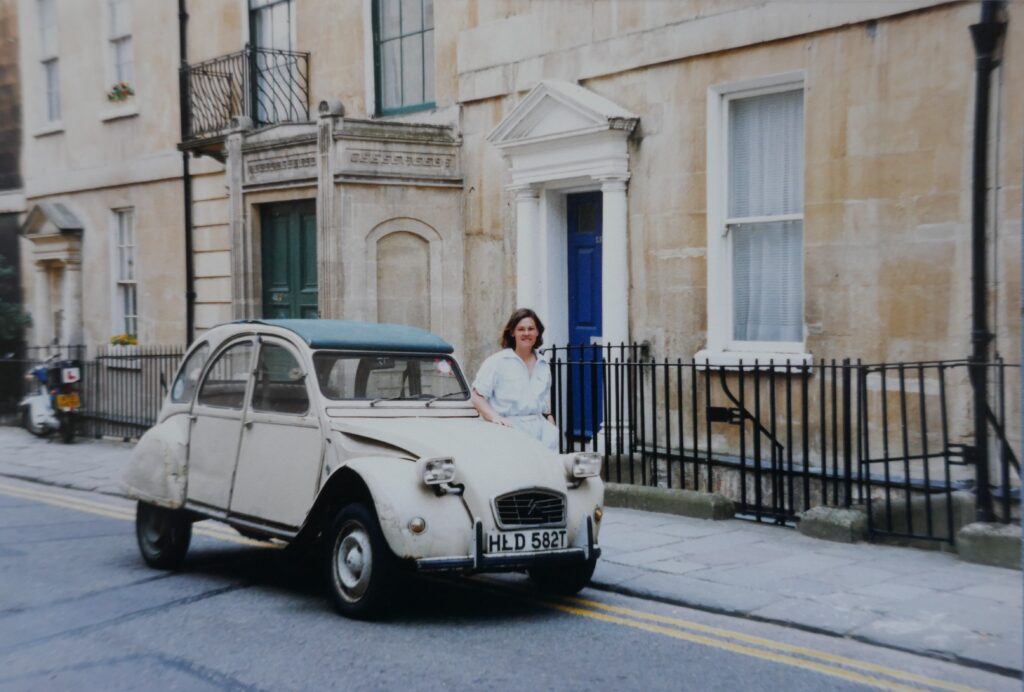

Rosa had always liked to park in front of a stately pile, and in Bath she was particularly partial to The Circus and The Royal Crescent. But she had not been young when we met, and now she was growing old. I had to keep a steak hammer in the glove compartment, for on cold mornings the key would not turn in the ignition until I hammered on the ignition box. Yet Rosa still smiled and preened when having watched this performance other motorists would come over to see if we needed help or the loan of “proper tools.”

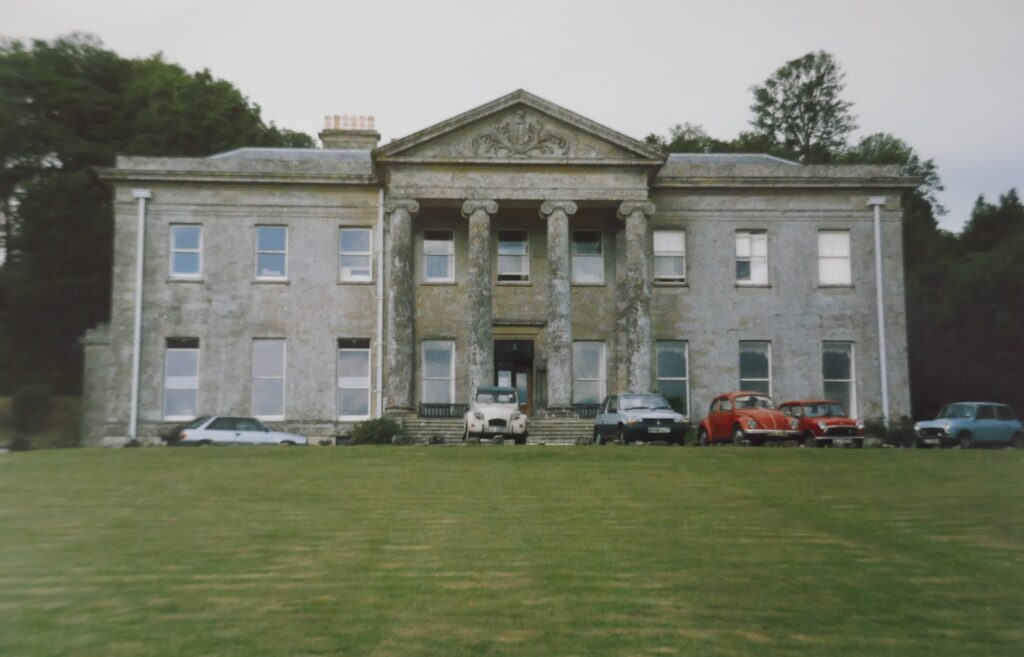
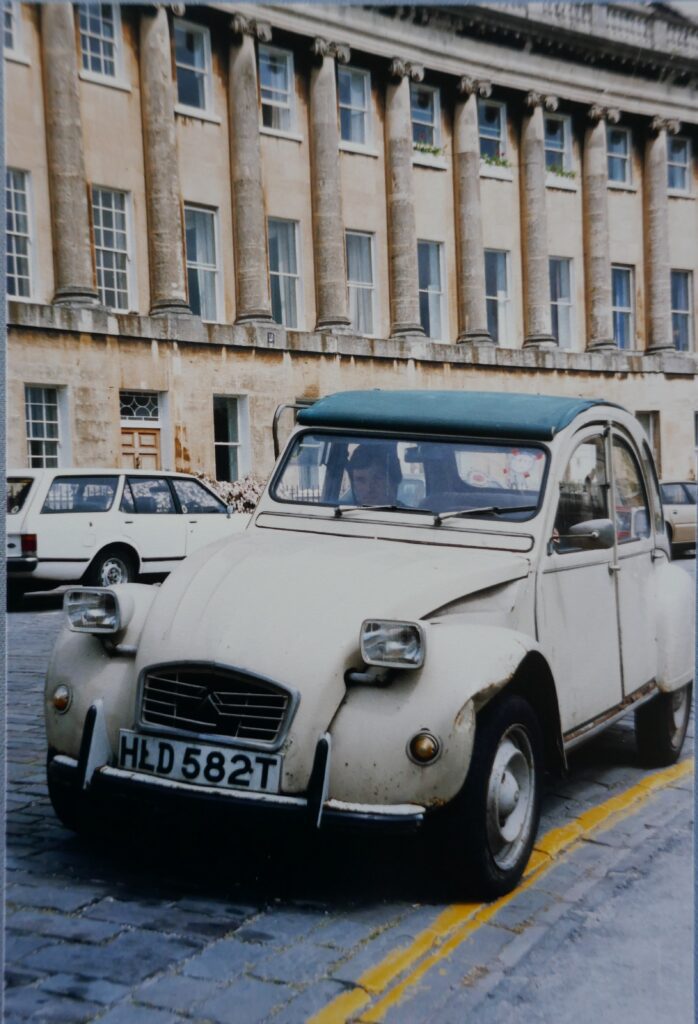
As the last MOT loomed, we both knew that it would be fatal. We were not surprised when the garage mechanic listed the reasons: rusting floor, failing brakes, bald tyres, dodgy electrics. My Rosa had come to the end of the road.
There have been other cars but only Rosa ever held my heart, and years later in Paris I made a special visit to Montparnasse Cemetery to thank André Citroën for the joy he gave me by producing the most magical little car ever.
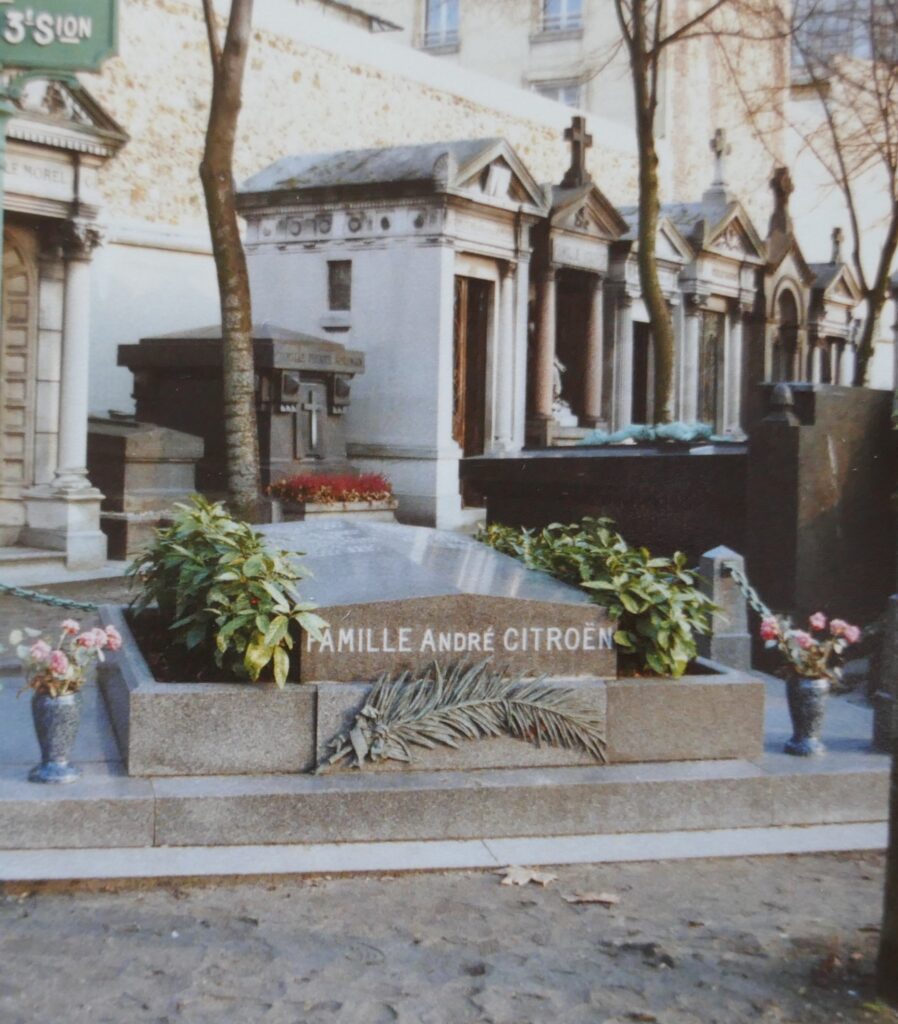
Grave of André Citroën, Montparnasse Cemetery, Paris
*LKJ Selright, Drive On! A Social History of the Motor Car, Granta, p.173
**LKJ Selright, The Spirit of Motoring, Past, Present and Future, in The Daily Telegraph, December 27, 2003
***Peter Elsworth in The New York Times.
